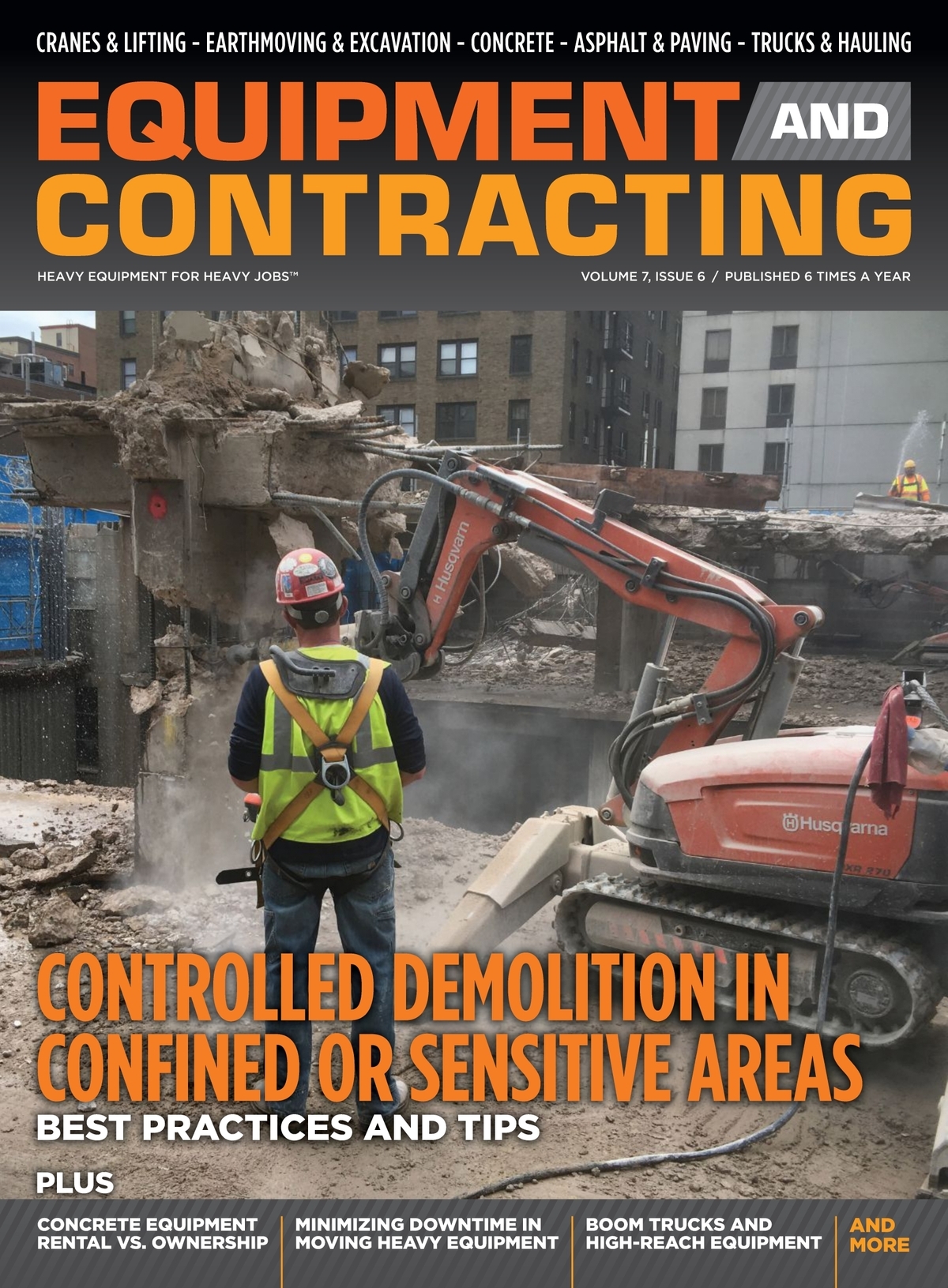
Your construction business can have loads of customers and projects. You can be bringing in money hand over fist. But is your business profitable? At the end of the day you have to make more than you spend. A simple concept that many construction business owners lose sight of in the crazy day-to-day of running a company. In this article, we discuss 20 different reasons a construction business can lose profits.
Gross and Net Profits
Let’s first define gross and net profits.
Gross Profit
You calculate gross profit by deducting the sales price less direct costs. For example, you charge $50K to remodel a kitchen. You deduct the cost of labor, supplies, materials – anything you spend money on to complete this particular job. Let’s say you spend $25K on direct costs. $50K – $25K = $25K. To calculate a gross profit percentage, divide the profit by the sales price and multiply by 100. $25K / $50K = .5. Take the result and multiply by 100 to get the gross profit percentage –.5 x 100 = 50%. So your gross profit for this kitchen remodel is 50%.
Net Profit
Deduct your overhead costs from your gross profit. Overhead costs are what you spend to run your business that cannot be directly attributed to the cost of the project. Rent, insurance, and office staff are examples of overhead. Your gross profit on the kitchen remodel was $25K. Let’s say that was the only job you had that month. Your monthly overhead is $15K. Your net profit is that month’s sales less direct costs + overhead. $50K – ($25K + $15K) = $10K. Now let’s calculate the percentage: $10K / $50K x 100 = 20%.
Gross Profit versus Net Profit
In our kitchen remodel example, a 50% gross profit is pretty good. But overhead costs brought your net profit down to 20%. Generally speaking, you can improve your profits by increasing sales and decreasing costs.
20 Reasons a Construction Business Loses Profits
#1 Having an Unreasonable (or No) Profit Goal
How can you determine if you’re making enough profit when you don’t have a profit goal? However, your profit goal must be reasonable. A profit goal that is too high will cause you to lose profits because you may reject projects that don’t meet an unreasonably high profit goal. And, of course, a profit target that is too low may cause you to take on projects where you will make little or no profit. We’ll discuss profit goals in more detail later in this article.
#2 Not Having a Plan to Make Profits
Planning for profits should have started with your business plan. What products and services can you offer that are likely to increase profits? Regularly reviewing the financial health of your company will help you identify what is – and is not – adding to your company’s profitability.
#3 Not Knowing Your Worth
Do you know your construction company’s net worth? There are key financial numbers that you should know – and track – regularly. Typically on a quarterly basis. Your accountant (you do have one, right?) can help you with this. In other words, when you aren’t up to date with your company’s financial health, you are likely losing profits and don’t even know it.
#4 Not Controlling Overhead Costs
Overhead costs are the expenses related to running your business. This includes items such as rent, office staff, and insurance. There are many ways to control overhead costs. For example, when your lease is coming up for renewal, sit down with the landlord and try to renegotiate the lease terms. You should regularly (typically annually) review your insurance policies with your agent to see if cost savings are possible. Even spending less on office products can make a difference. As we like to say, “Five dollars here, five dollars there, and before you know it, you’re talking serious money.”

#5 Hiring (and Keeping) Poor Workers
Nothing sucks away profits faster than a bad worker. There are a multitude of ways a bad employee can reduce profits:
- Poor workmanship that leads to a lawsuit.
- Taking longer to get a job done. This reduces the number of jobs you can take on and slows down payment collection.
- Poor customer service that keeps clients from coming back.
- Ordering more materials than are needed — or the wrong materials.
We know it’s hard to fire friends and family. Suck it up and do it anyway. Anyone who puts your business at risk does not deserve your sympathy.
#6 Poor (or No) Change Management Process
This is where many construction businesses fall short. If a customer at the outset of a project asked you to do the work for free, would you? Of course not! But too many construction business owners will allow a customer to increase the scope of their project — and not charge them for it. Not only do you need a change management process, but you must also include it specifically in the contract for every job.
#7 Allowing Invoices to Stagnate
Are you buying materials for the next project on credit because you’re still waiting to get paid for the last job? You want payment terms clearly stated in every contract. You want a process for following up on invoices — even before they’re overdue. You also want to make it super easy for clients to pay. Accept online payments through PayPal, Zelle, and Venmo. Follow up emails should have a link to the customer’s online invoice. It beats waiting for a check, going to the bank, then waiting several business days for the check to clear.
#8 Poor Communication with Employees
Even if you give instructions to an employee verbally, follow it up in writing. Better yet, consider implementing a project management software program that allows you to blast out messages to the whole project team. You can also upload documents for the project that the team can access. Poor communication with employees leads to mistakes – which leads to lost profits.
#9 Poor Communication with Clients
What you say and what clients hear are often very different. How many times would you swear in a court of law that a client said they wanted one thing – then they insisted they never said it. Not 16-inch tile, but 20-inch tile. Don’t paint that wall blue, they wanted it yellow. Refer to profit loss reasons #6 and #8. A change management process, along with a project management software program, can reduce miscommunications. Everything should be in writing and require signoff. A project management program can streamline those tasks. The results are more likely to hold up in court.
#10 Inadequate Back Office Cost Controls
The back office – the part of your construction business that supports client-facing functions – is often in need of increased efficiency. First, you want to foster a culture of cost-savings. It doesn’t mean you have to berate your office manager for buying too many paper clips. You want to find ways to reduce or eliminate the need for paper clips at all. Automation is often the best way to control costs. That said, you want to select a system that is easy to use and seamlessly integrates with other automation, such as your project management system. But even if you keep to a mostly manual back office, reviewing where the money is going at least on a monthly basis can help you increase profits by reducing back office costs.
#11 Inadequate Project Cost Controls
There are many opportunities to keep project costs under control. A solid change management process, improved inventory management, and better job costing just to name a few. Again, a project management software program can help streamline many of the functions that often result in lost profits.
#12 Poor Inventory Management
Not knowing what you have on hand and what you need to purchase impacts profits in a few ways. You can reduce overbuying and overpaying for items. Inventory tends to not walk off the job when employees know that you know how many widgets are in stock. Job delays are reduced when inventory levels of tools and equipment are always adequate. Finally, inventory management can help you stay on a maintenance schedule to increase the life of your tools and equipment.
#13 Bad (or No) Bidding Process
Initial profit losses can take place in the bidding process. You are committing to a number before the job begins. Obviously, that number needs to be as accurate as possible. One key way to improve your bidding is to have a bidding process. This ensures that you don’t miss any important steps. A poorly executed bid can take you out of the running before the project owner even sees it. Learn more from our video How to Bid on Construction Projects Like a Pro.
View the complete article here.
How is gross profit different from net profit in a construction business?
Gross profit is calculated by subtracting direct costs from sales price, while net profit is derived by deducting overhead costs from the gross profit.
How can a construction business control overhead costs effectively?
Construction businesses can control overhead costs by regularly reviewing expenses, renegotiating lease terms, and exploring cost-saving measures in areas like insurance and office supplies.














































